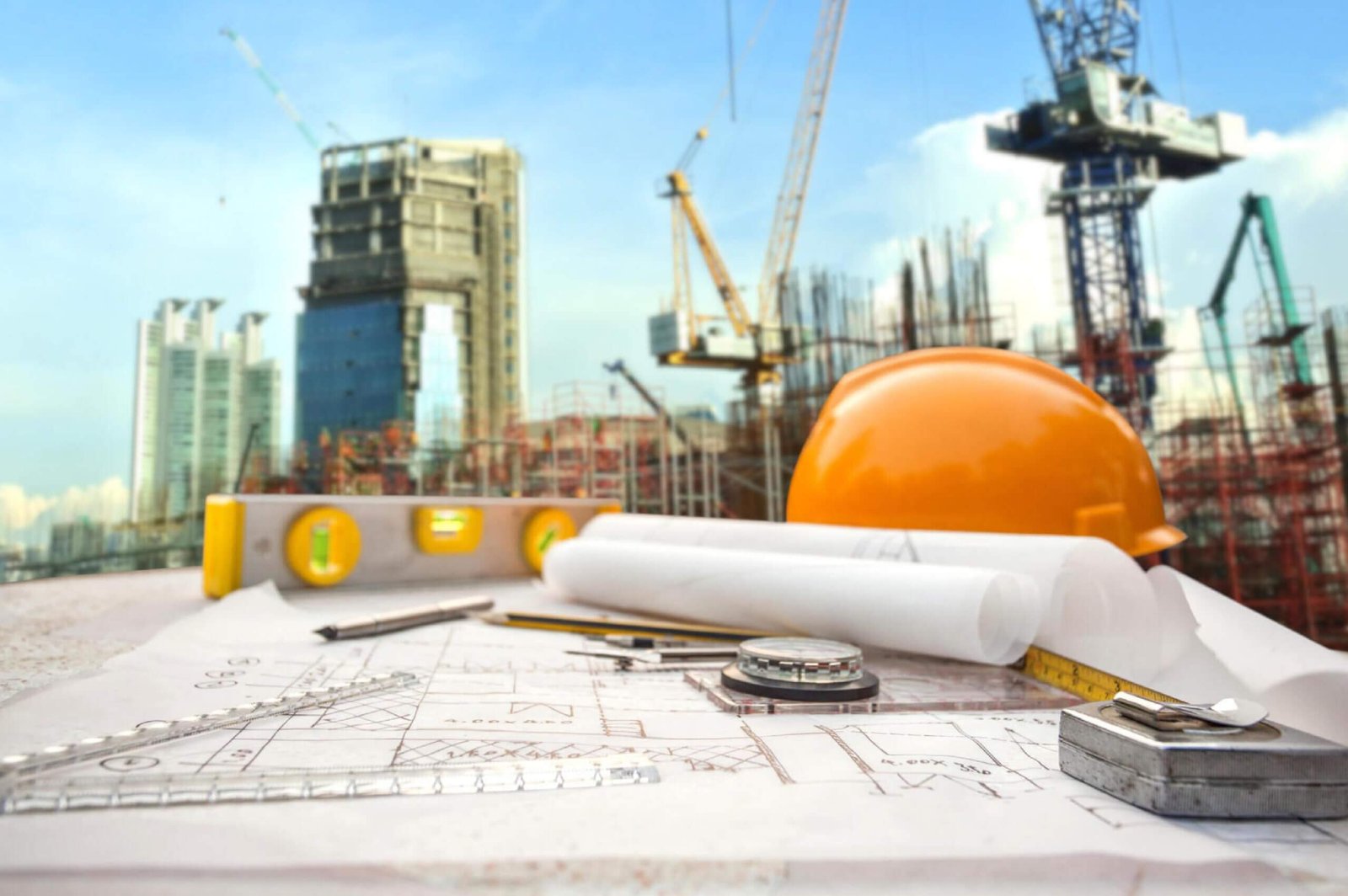WELL DESIGNED STRUCTURES THAT LAST A LIFETIME
Designing structures that are functionally robust is our forte. From new constructions to expansions, from renovation to refurbishment of existing facilities – we provide customized solutions that address all your structural requirements. Our technically competent team provides structural design ideas that are both functionally strong and aesthetically appealing.
WHAT WE OFFER
Our structural engineering services cover a gamut of requirements like new constructions, refurbishment of existing facilities renovations, and expansions. We use cutting-edge technology for comprehensive structural analysis and design that covers factors like fire resistance, vibration and dynamic response to aerodynamic, seismic and blast induces forces.
- Steel Structures
- RCC Structures
- Pre-engineered Buildings
- Glass and aluminum structures
- Composite Structures
- Pre-stressed concrete structures
- Timber structures
- Light weight structures
Frequently Asked Questions
Structural engineering is a branch of civil engineering that deals with the design, analysis, and construction of structures such as buildings, bridges, dams, and towers. Structural engineers ensure that these structures can withstand anticipated loads and forces while maintaining stability, safety, and functionality.
A structural engineer plays a crucial role in the design, analysis, and construction supervision of structures. They are responsible for assessing the structural integrity of a project, considering factors such as materials, environmental conditions, and safety regulations. They use mathematical calculations, computer simulations, and engineering principles to create designs that can withstand loads and forces. Additionally, structural engineers provide guidance during the construction phase, ensuring that the project is implemented correctly and meets safety standards.
A structural engineer is typically needed in various scenarios, including:
New Construction: When designing a new building or structure, a structural engineer is necessary to ensure its safety and stability. They work closely with architects and contractors to create a structurally sound design that meets local codes and regulations.
Renovations or Additions: When renovating an existing structure or adding additional floors, a structural engineer is needed to assess the feasibility and structural implications of the changes. They ensure that the modifications do not compromise the integrity of the building.
Structural Assessments: A structural engineer is called upon to assess the condition and stability of existing structures, especially after natural disasters, accidents, or when signs of structural distress are observed. They evaluate the damage, recommend repair or reinforcement measures, and provide guidance on ensuring the structure’s safety.
The time required for a structural engineer to design a structure can vary depending on several factors, including the complexity of the project, size, and level of detail required. Simple structures may take a few weeks to design, while larger or more intricate projects can take several months or more. The design process involves analyzing the project requirements, conducting structural calculations, creating drawings and specifications, and ensuring compliance with building codes and regulations.
It’s important to note that the design process also includes coordination with other professionals, such as architects and contractors, which can impact the overall timeline. Effective communication and collaboration among all stakeholders are crucial to ensure a smooth and efficient design process.

